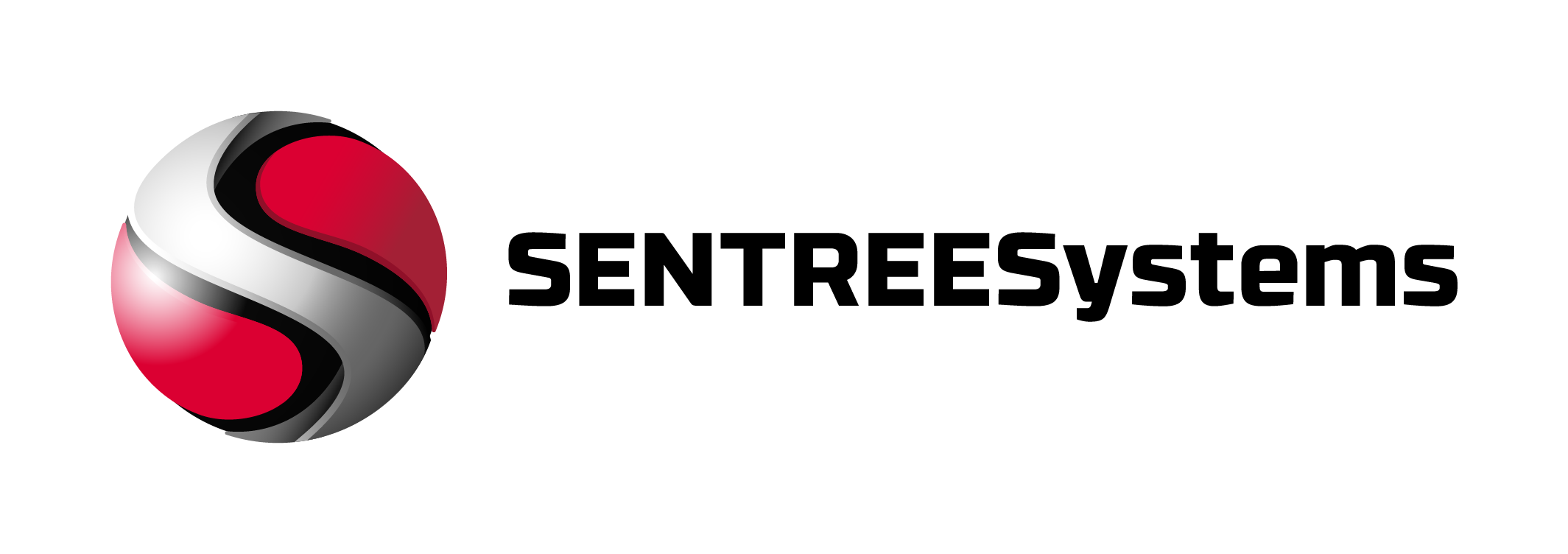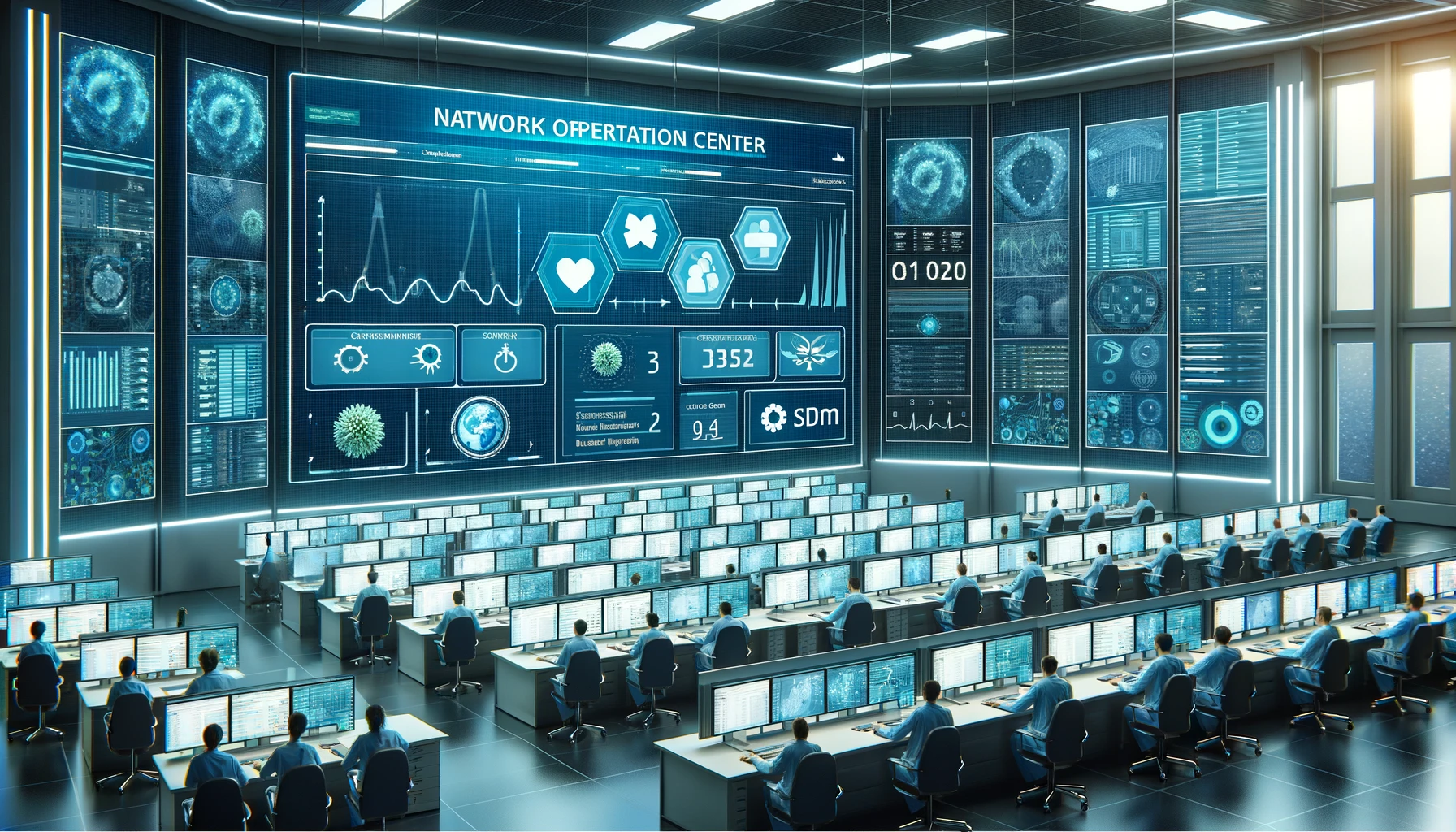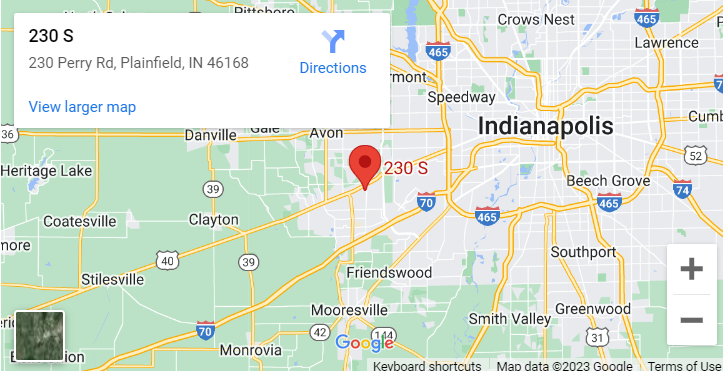In today’s digital landscape, cyber threats in healthcare have become increasingly prevalent and sophisticated, posing a serious risk to patient data, operational continuity, and even patient safety. As healthcare organizations continue to embrace digital transformation and adopt interconnected technologies, the attack surface for cyber threats has expanded, making proactive and continuous monitoring critical for detecting and mitigating these threats.
Continuous monitoring allows healthcare organizations to proactively identify and respond to potential cyber threats in real-time, helping to prevent data breaches, unauthorized access to sensitive patient information, and potential disruptions to critical healthcare services. By continuously monitoring network traffic, system logs, and user behaviors, organizations can quickly identify and mitigate security vulnerabilities before they are exploited by malicious actors. Moreover, continuous monitoring provides valuable insights into the organization’s overall security posture, allowing for informed decision-making and resource allocation to strengthen cybersecurity defenses.
Key Takeaways:
- Real-time Detection: Continuous monitoring allows for real-time detection of cyber threats in healthcare systems, enabling immediate response and mitigation.
- Comprehensive Visibility: Continuous monitoring provides comprehensive visibility into the healthcare network, helping identify vulnerabilities and potential threat vectors.
- Proactive Security Measures: By continuously monitoring for cyber threats, healthcare organizations can proactively implement security measures to prevent potential attacks.
- Regulatory Compliance: Continuous monitoring is essential for maintaining compliance with healthcare industry regulations and data protection laws.
- Rapid Incident Response: With continuous monitoring, healthcare organizations can quickly respond to and contain cyber threats, minimizing the impact on patient data and operations.
The Evolution of Cyber Threats in Healthcare
Obviously, as technology has advanced in the healthcare industry, so too have the cyber threats. With the transition from paper records to electronic health records (EHR), healthcare organizations have become more susceptible to cyber attacks. The increasing interconnectedness of healthcare systems, medical devices, and personal health information has made the industry a prime target for cyber criminals.
Historical Perspective on Cybersecurity in Healthcare
Threats to healthcare data security have been a concern for decades. In the past, the primary focus was on securing physical records and protecting against unauthorized access. However, the shift to digital health records has dramatically increased the complexity and severity of cyber threats. As the industry has embraced technology, the methods and motivations of cyber attackers have also evolved.
Current Cyber Threat Landscape
Threat actors are continuously evolving their tactics to compromise healthcare systems and steal sensitive patient information. Ransomware attacks, data breaches, and phishing scams are rampant in the healthcare sector. The interconnectedness of medical devices and systems, often with inadequate security measures, has created a ripe environment for cyber threats to thrive.
Evolution in the current cyber threat landscape is marked by increased sophistication and frequency of attacks. These threats pose a significant risk to patient safety, confidentiality, and the overall integrity of healthcare operations. It is crucial for healthcare organizations to stay one step ahead by implementing continuous monitoring and proactive cybersecurity measures to mitigate these evolving risks.
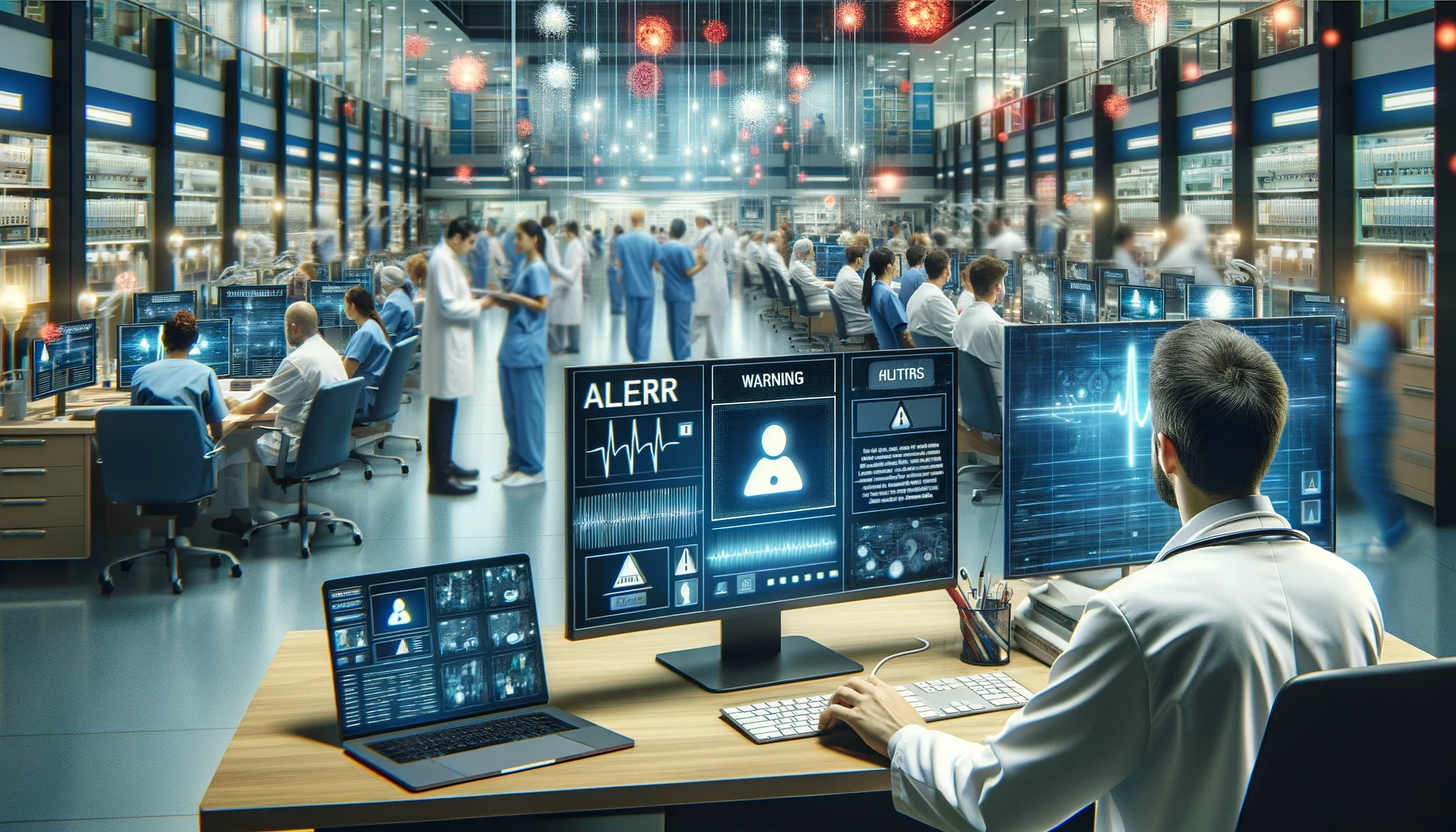
Understanding Continuous Monitoring
One of the most critical aspects of cybersecurity in healthcare is continuous monitoring. This practice involves the ongoing surveillance and assessment of an organization’s security posture, allowing for the detection and mitigation of potential cyber threats in real time. Continuous monitoring is essential in a healthcare setting, where the sensitive nature of patient data and the potential for malicious attacks pose a significant risk.
Definition and Key Concepts
One fundamental concept of continuous monitoring is the constant and automated collection of security data from various systems and devices within an organization. This data is then analyzed in real time to identify any potential vulnerabilities or security incidents. By continuously monitoring the environment, healthcare organizations can quickly detect and respond to emerging cyber threats before they can cause significant harm.
Benefits of Continuous Monitoring in Cybersecurity
Understanding the benefits of continuous monitoring in cybersecurity is crucial for healthcare organizations looking to enhance their security posture. One of the primary advantages is the ability to proactively identify and address security issues. This proactive approach allows healthcare organizations to stay ahead of potential threats and prevent data breaches or other cyber incidents. Additionally, continuous monitoring provides real-time visibility into the security landscape, enabling organizations to make informed decisions and prioritize security efforts.
Monitoring the healthcare environment for potential cyber threats allows organizations to improve their overall security posture. This proactive approach can help identify vulnerabilities and security incidents in real time, ultimately reducing the risk of data breaches and other cybersecurity incidents. Continuous monitoring also supports compliance with regulatory requirements, ensuring that healthcare organizations maintain the necessary standards for protecting patient data.
Strategies for Implementing Continuous Monitoring
For healthcare organizations, implementing continuous monitoring is crucial for detecting and mitigating cyber threats. To successfully establish a continuous monitoring program, organizations must consider various strategies and techniques.
Establishing a Baseline for Normal Network Behavior
On the first step in implementing continuous monitoring is to establish a baseline for normal network behavior. This involves collecting and analyzing data to understand typical patterns of network traffic, user access, and system activity. By understanding what is normal for the organization’s network, anomalies and potential security threats can be identified more effectively.
Leveraging Advanced Technologies and Solutions
Advanced technologies and solutions play a crucial role in effective continuous monitoring. Leveraging these advanced tools can improve the detection and response capabilities of the organization. Some key technologies and solutions include:
- Next-Generation Firewalls: Offers advanced threat detection and prevention capabilities.
- Security Information and Event Management (SIEM) Systems: Helps in aggregating and analyzing security alerts and log data from various systems and applications.
- Endpoint Detection and Response (EDR) Solutions: Provides visibility into endpoint activities and facilitates rapid threat hunting and response.
Plus, implementing these advanced technologies and solutions can help healthcare organizations stay ahead of evolving cyber threats and compliance requirements.
Challenges in Maintaining Continuous Monitoring
Your healthcare organization may face several challenges in maintaining continuous monitoring to detect and mitigate cyber threats. These challenges can include financial and resource constraints, as well as the need to balance privacy with security concerns.
Financial and Resource Constraints
Financial and resource constraints can be a significant barrier to implementing and maintaining continuous monitoring for cybersecurity in healthcare. Limited budgets and IT staff may make it difficult to invest in the necessary technology and personnel needed to continuously monitor for threats. Additionally, competing priorities within the organization may divert resources away from cybersecurity efforts.
Balancing Privacy with Security
Security in healthcare is crucial, but it must be balanced with the need to protect patient privacy. This can create challenges when implementing continuous monitoring, as certain monitoring activities may intrude on patient confidentiality. Healthcare organizations must navigate this delicate balance, ensuring that patient data remains secure while also respecting privacy regulations and guidelines.
Resource constraints may also play a role in this challenge, as dedicating resources to meet both privacy and security needs can be a demanding task. It is essential to find a balance that prioritizes both patient privacy and cybersecurity without compromising on either.
Case Studies: Continuous Monitoring in Action
Unlike traditional cybersecurity measures, continuous monitoring provides real-time visibility into the network, helping to detect and mitigate cyber threats before they escalate. The following case studies demonstrate the effectiveness of continuous monitoring in the healthcare sector:
- Case Study 1: Hospital A implemented continuous monitoring and detected and stopped a phishing attack targeting patient records, preventing potential data breaches.
- Case Study 2: Clinic B experienced a malware intrusion, but continuous monitoring alerted the IT team, allowing them to isolate the affected systems and prevent further spread of the malware.
- Case Study 3: Health System C utilized continuous monitoring to identify unauthorized access attempts to electronic medical records, thwarting potential data theft.
Success Stories in the Healthcare Sector
For healthcare organizations, successful implementation of continuous monitoring has led to enhanced security posture, faster threat detection, and timely incident response. These success stories demonstrate the critical role of continuous monitoring in safeguarding sensitive patient data and ensuring compliance with data privacy regulations.
Lessons Learned from Past Cybersecurity Incidents
Cybersecurity incidents in the healthcare sector have highlighted the importance of regular vulnerability assessments, employee training on cybersecurity best practices, and proactive threat detection. Implementing continuous monitoring can help healthcare organizations stay ahead of evolving cyber threats and prevent potential data breaches.
With the evolving nature of cyber threats and the growing reliance on digital healthcare systems, healthcare organizations must prioritize continuous monitoring to protect patient data and maintain trust in the industry.
Future of Continuous Monitoring in Healthcare
Not only is continuous monitoring essential for detecting and mitigating cyber threats in healthcare today, but it will also play a crucial role in the future of the industry. As technology evolves and cyber threats become more advanced, the need for continuous monitoring will only grow.
Predictive Analytics and Machine Learning
Continuous monitoring will be enhanced through the use of predictive analytics and machine learning, which can help healthcare organizations proactively identify and address potential threats before they cause harm. These technologies can analyze large volumes of data in real time, allowing for the early detection of anomalous behavior and the swift implementation of countermeasures to prevent attacks.
Integration with Emerging Technologies
An important aspect of the future of continuous monitoring in healthcare is the integration with emerging technologies such as Internet of Things (IoT) devices and cloud computing. It is vital for healthcare organizations to ensure that these technologies are securely integrated with their monitoring systems, as they introduce new points of vulnerability that could be exploited by cyber criminals. By integrating with these technologies, continuous monitoring can provide a holistic view of the organization’s cybersecurity posture, allowing for comprehensive threat detection and response.
Conclusion
Ultimately, continuous monitoring is absolutely essential in the healthcare industry in order to detect and mitigate cyber threats. The nature of healthcare data, which includes sensitive patient information and critical medical records, makes it a prime target for cyber attackers. With the increasing frequency and sophistication of cyber threats, healthcare organizations need to proactively monitor their systems and networks to ensure the security and integrity of their data. By constantly monitoring for any suspicious activity or potential vulnerabilities, healthcare organizations can stay one step ahead of cyber threats and minimize the risk of a potential breach.
In conclusion, continuous monitoring is not just a best practice but a necessity to protect healthcare data and ensure the trust and confidence of patients and stakeholders. As the healthcare industry continues to embrace digital transformation, it is imperative for organizations to invest in robust monitoring tools and processes to safeguard against cyber threats. By prioritizing continuous monitoring, healthcare organizations can effectively detect and respond to cyber threats, ultimately protecting patient privacy and the overall security of the healthcare ecosystem.
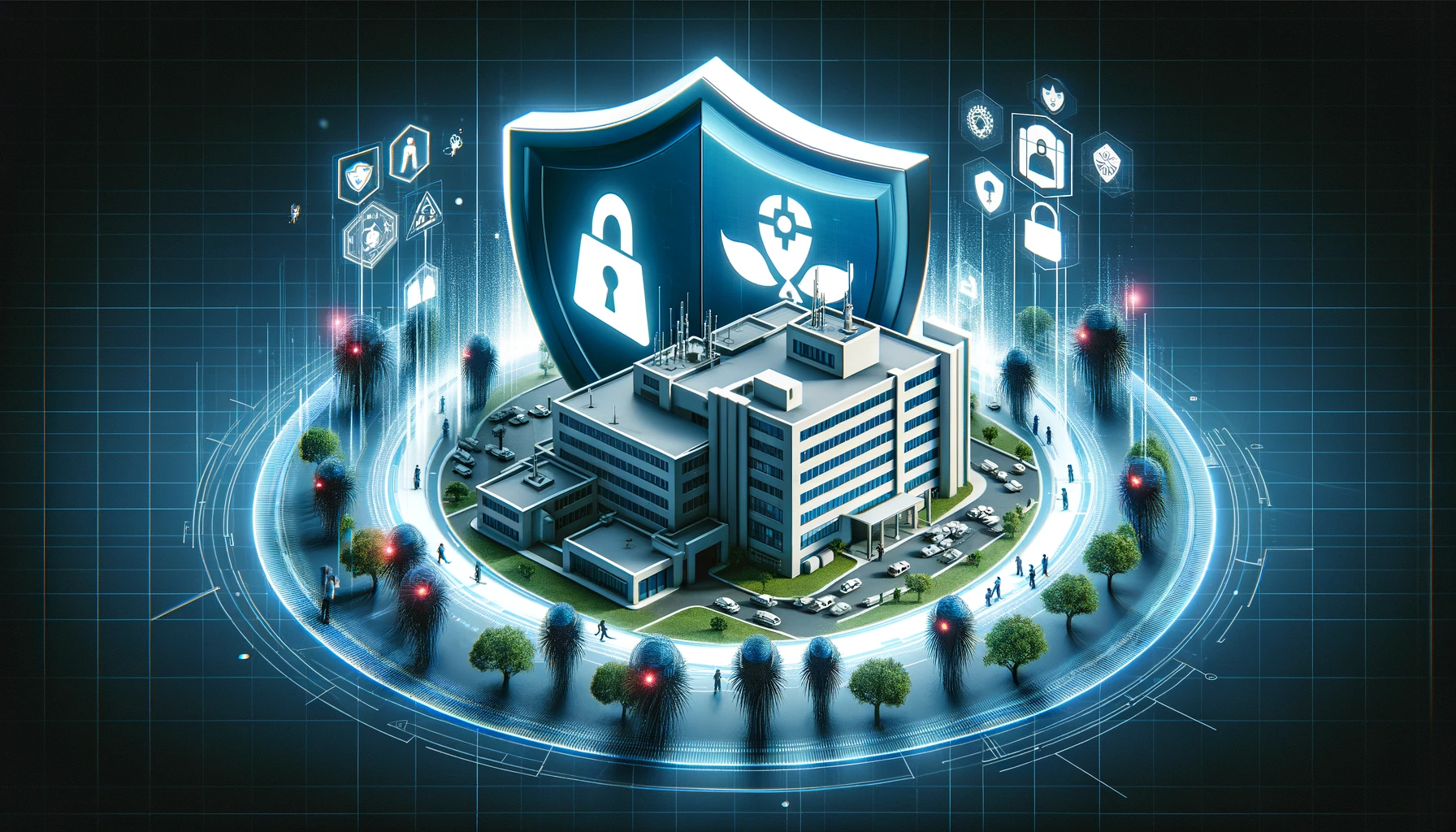
FAQ
Q: Why is continuous monitoring essential to detect and mitigate cyber threats in healthcare?
A: Continuous monitoring is essential in healthcare to detect and mitigate cyber threats because it allows for real-time visibility into the network, enabling swift identification and response to potential security breaches. With the increasing frequency and sophistication of cyber attacks in the healthcare industry, continuous monitoring is crucial to safeguard patient data and ensure the integrity of medical systems.
Q: What are the key benefits of continuous monitoring in healthcare cybersecurity?
A: Continuous monitoring provides proactive threat detection, rapid incident response, and enhanced compliance with industry regulations such as HIPAA. It also facilitates risk management by identifying vulnerabilities and assessing the effectiveness of security controls, ultimately strengthening the overall cyber resilience of healthcare organizations.
Q: How does continuous monitoring help in identifying and addressing security vulnerabilities in healthcare systems?
A: Continuous monitoring employs advanced security tools and technologies to detect abnormal activities, unauthorized access attempts, and malware infections. By continuously monitoring network traffic, system logs, and user activities, healthcare organizations can promptly identify and address security vulnerabilities before they are exploited by threat actors.
Q: What are the challenges associated with implementing continuous monitoring in healthcare environments?
A: The main challenges include the complexity of healthcare IT infrastructure, resource constraints, and the need to integrate diverse systems and devices. Additionally, ensuring the privacy and confidentiality of patient data while conducting continuous monitoring presents a significant challenge that requires careful consideration and implementation of appropriate safeguards.
Q: How does continuous monitoring support compliance with healthcare industry regulations and standards?
A: Continuous monitoring assists healthcare organizations in meeting regulatory requirements by providing real-time visibility into security posture, continuous risk assessment, and timely incident response. This proactive approach aligns with the security and privacy mandates of regulations such as HIPAA, HITECH, and GDPR.
Q: What are the best practices for implementing an effective continuous monitoring program in healthcare?
A: Implementing an effective continuous monitoring program involves establishing a comprehensive security strategy, leveraging cutting-edge technologies, regular security assessments, and user awareness training. It is essential to develop robust incident response plans and maintain ongoing collaboration with IT security professionals to ensure the success of the continuous monitoring initiative.
Q: How does continuous monitoring contribute to the overall resilience of healthcare organizations against cyber threats?
A: Continuous monitoring strengthens the cyber resilience of healthcare organizations by providing proactive threat detection, rapid incident response, and continuous risk assessment. By actively monitoring and managing security risks, healthcare organizations can better protect patient data, safeguard critical medical systems, and maintain the trust and confidence of patients and stakeholders.
